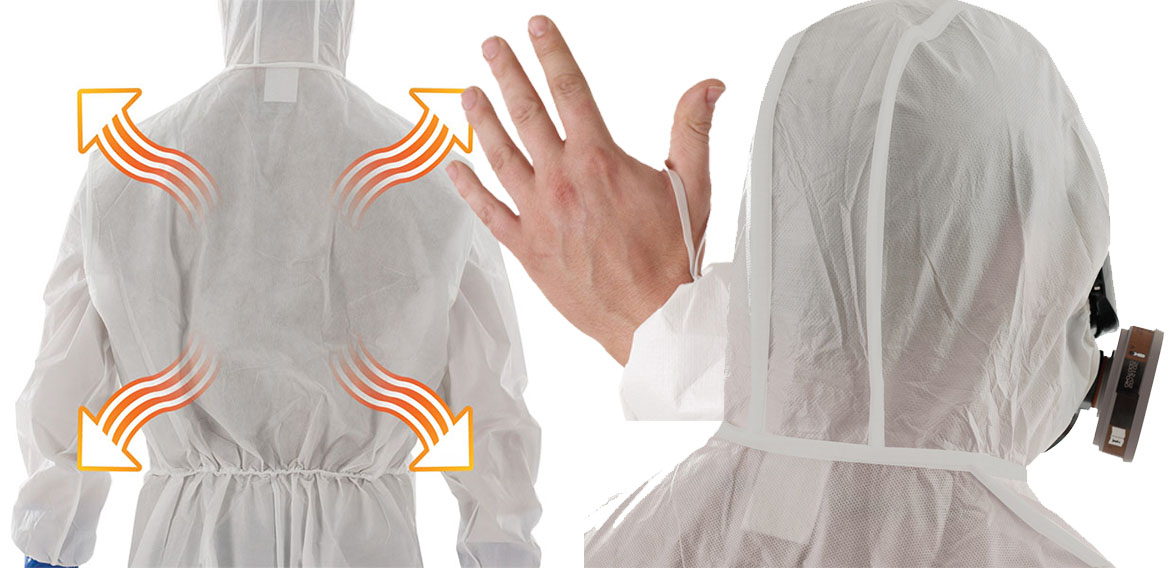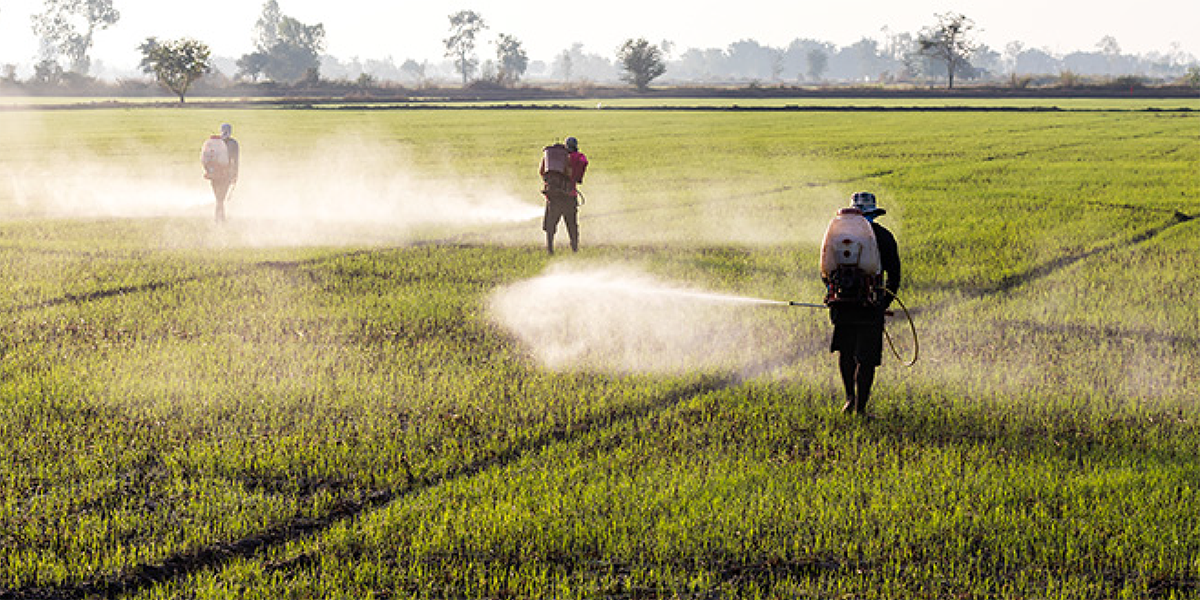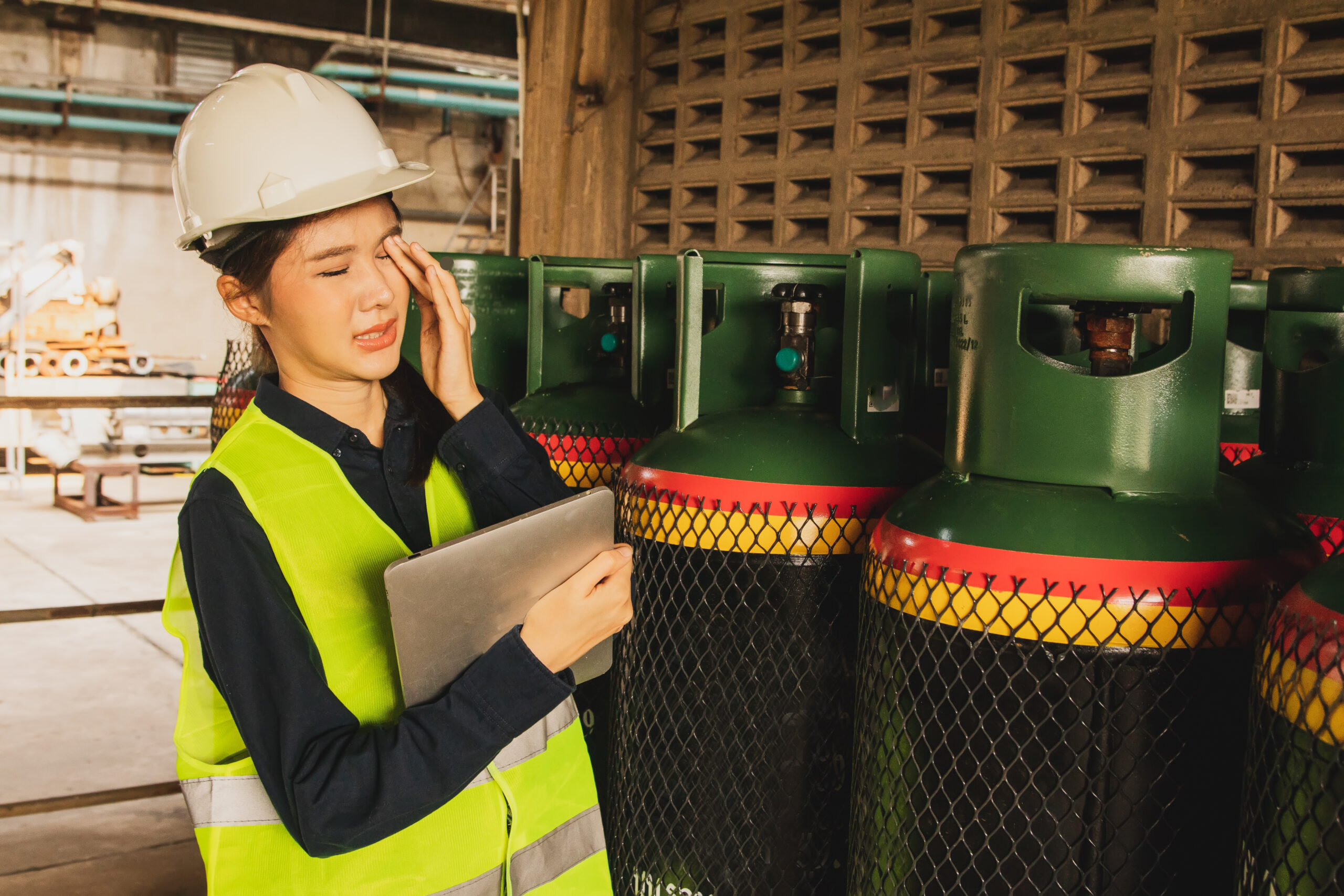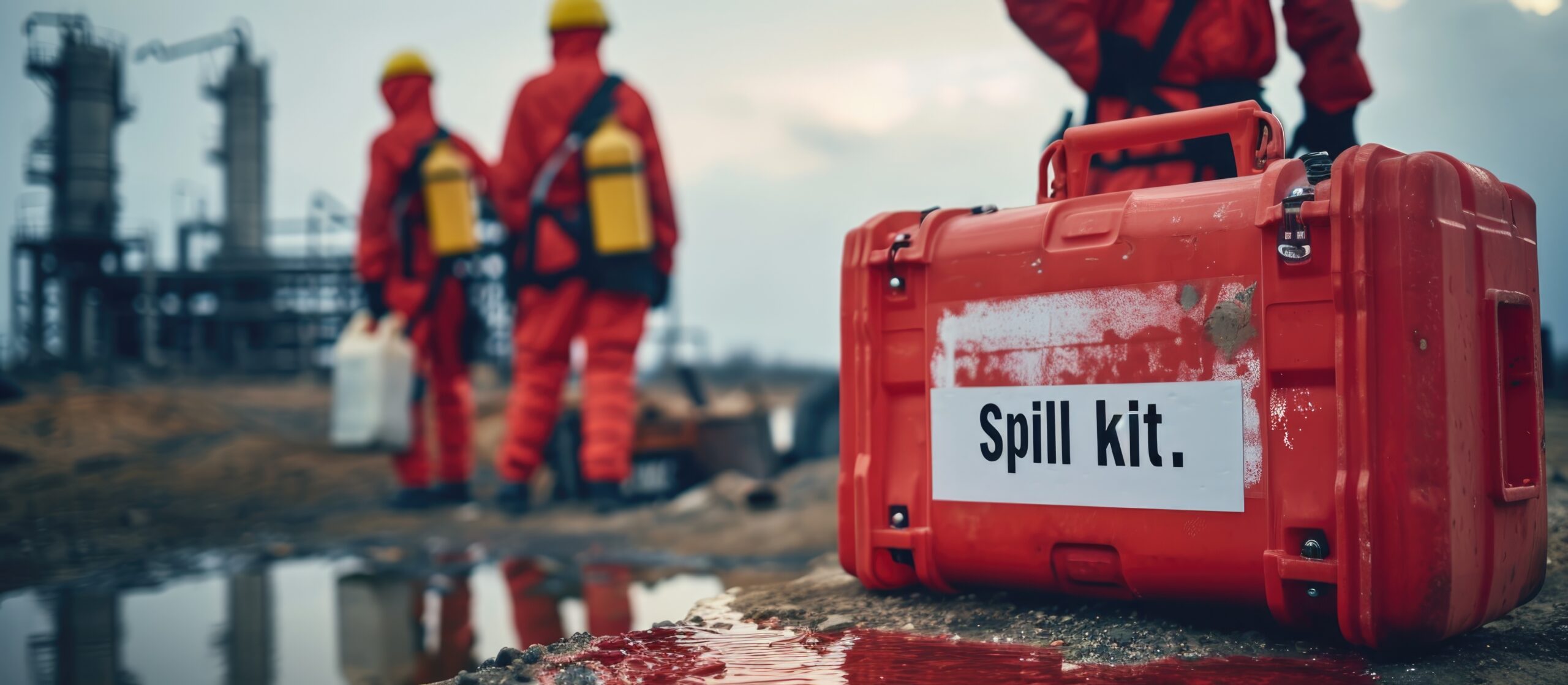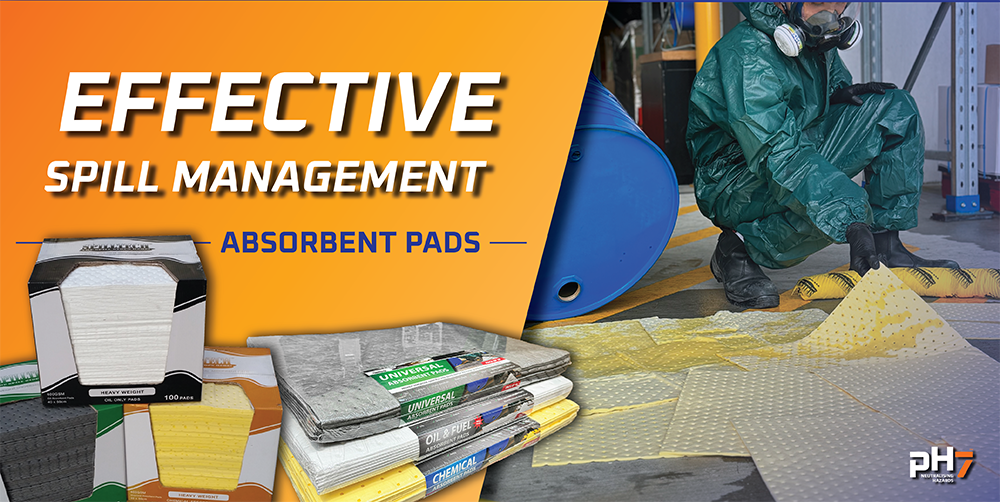The first priority for employers equipping their workers with protective clothing is to ensure they have the right level of protection for the work they are carrying out.
However part of this protection must also relate to the comfort and wearability of PPE suits. More and more work places are demanding safety gear that performs to the highest levels of protection while also providing the sort of levels of comfort they can usually expect from other non-work wear. This isn’t about looking good on the job – it is about providing workers with the optimum wearability and comfort to carry out their tasks safely and effectively.
At ph7 International we understand the importance of comfortable PPE regardless of whether it’s respirators, hoods and visors, protective suits made from optimum fabrics, or the combination of gloves and over-boots designed to work optimally with specific suits.
After years of working alongside Kiwi companies and ensuring their employees have the correct level of protection, we’ve also learnt some of the key reasons why comfortable work gear is so important.
Comfortable PPE ensures workers wear it
Signs it’s fit for purpose and in good condition
Discomfort can be a good sign that protective wear is damaged or needs to be replaced. Sure signs include flex cracking at the knees, elbows, shoulders and waist of suits; seams coming apart on the inside of suits, gloves and boots; scratches on visors or hoods that could affect vision; or visible scuff marks, stains and damage. If PPE has been repaired or cleaned and workers complain it has then become uncomfortable to wear, then it may no longer be fit for purpose. Training staff to look for changes and report PPE that’s become uncomfortable to wear can be an important part of monitoring the state of protective wear.
Allows workers to do their job unimpeded
Heavy-duty protective suits such as ventilated or air-supplied suits need to be well designed with panoramic visibility, internal mountings for breathing hose connections to the hood, external mountings for belt-mounted continuous flow airline regulators and air-permeable collars to allow the flow of air around the rest of the body. A comfortable suit will also prevent snagging, allow as much freedom of movement and provide excellent vision for the wearer so they can carry out their work as safely as possible.
Protects workers from issues such as heat stress
A key factor in the comfort and wearability of protective suits is the risk of heat stress for workers wearing impermeable or semi-impermeable suits. It’s important for workers to be trained to watch for signs of heat stress such as headaches, dizziness, mood changes, confusion and dry, hot skin. It is equally important for management to take into consideration factors such as strenuous physical activity, high air temperature, high humidity, direct contact with hot materials, or radiant heat sources when planning to provide protective gear. Important ways to reduce heat exposure and the risk of heat-related illness include engineering controls, such as air conditioning and ventilation, and work practices such as work/rest cycles, drinking water or rehydration drinks often, and providing an opportunity for workers to build up a level of tolerance to working in the heat.
Here at ph7 International we’re committed to preventing harm from hazardous substances to people and the environment. We can advise you on the best coveralls for the job so you can meet your obligations as set out in the Health and Safety at Work Act 2015. For more information, search our extensive range of protective coveralls, visit our Permeation Database to select the best coverall for your requirements, or give us a call on 0800 323 223.

